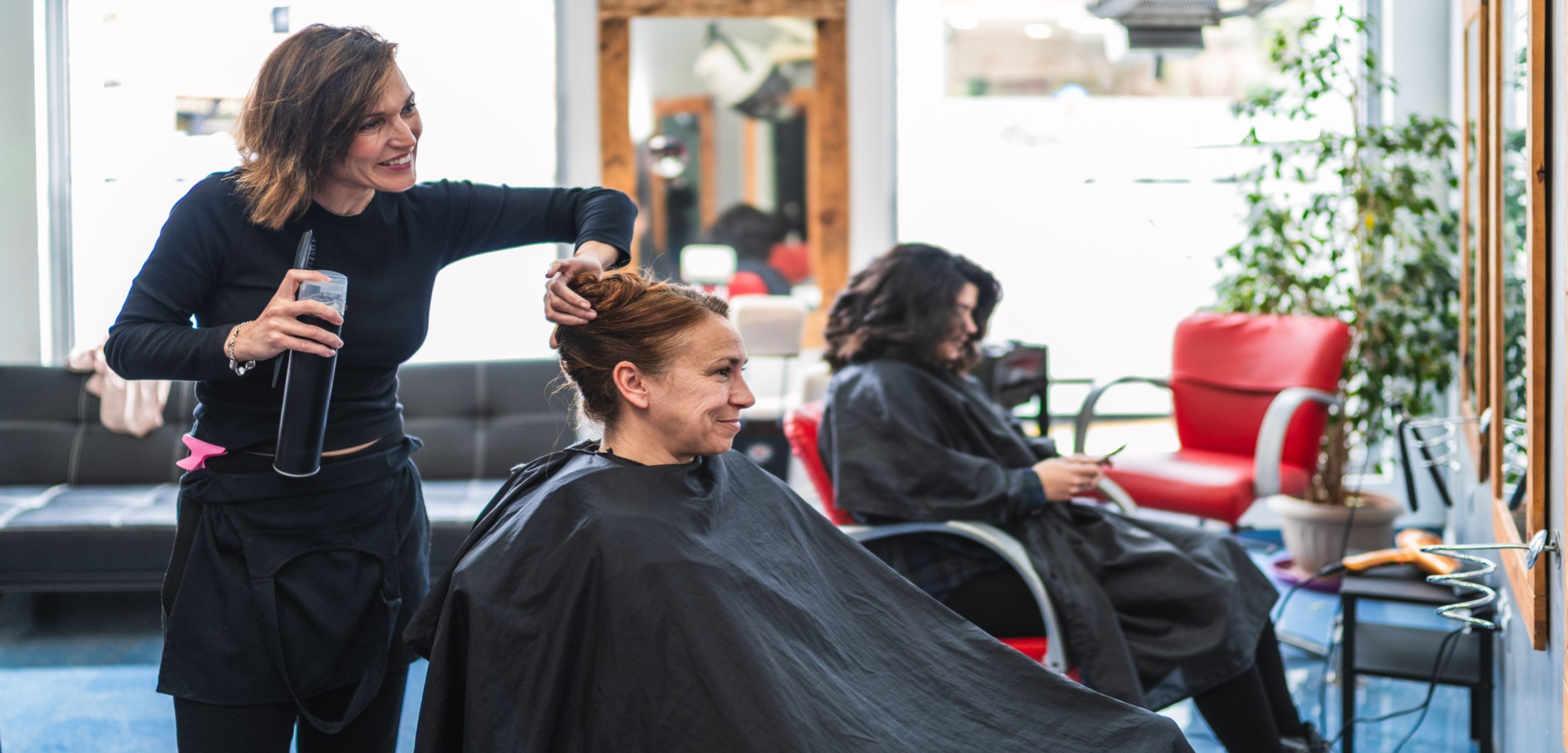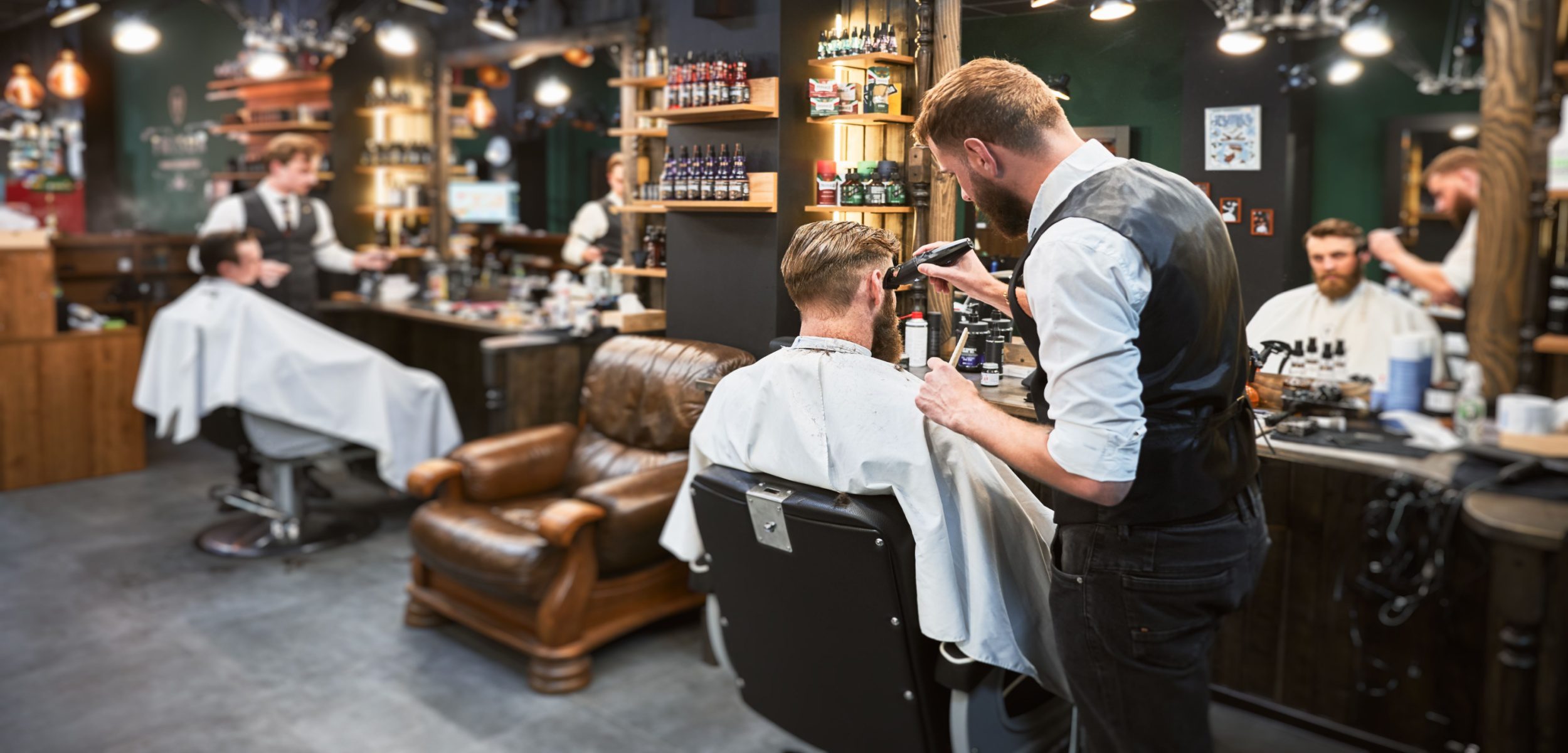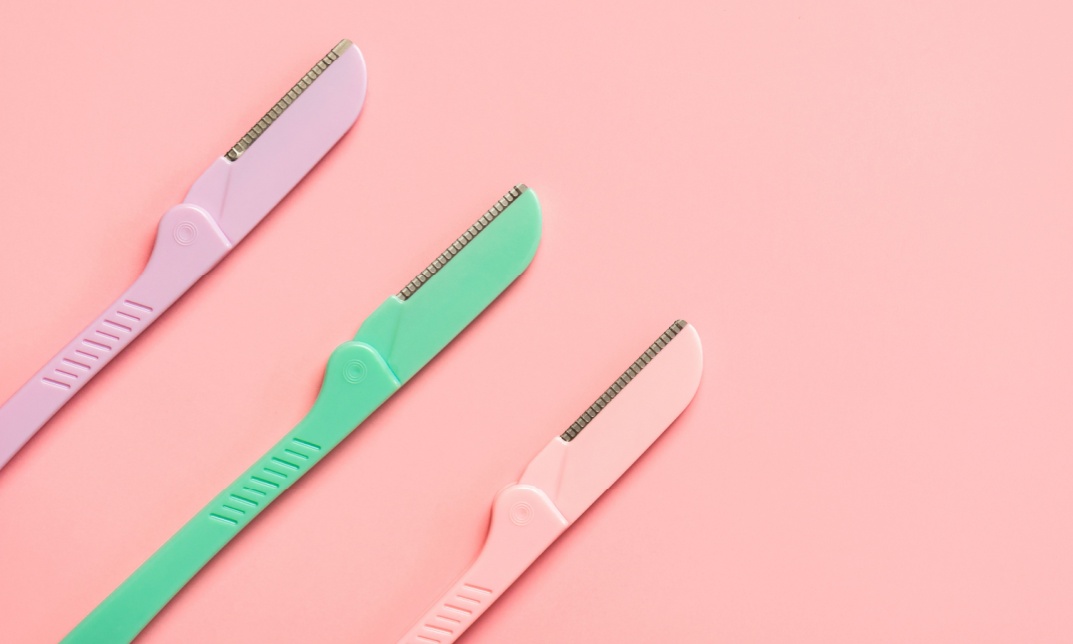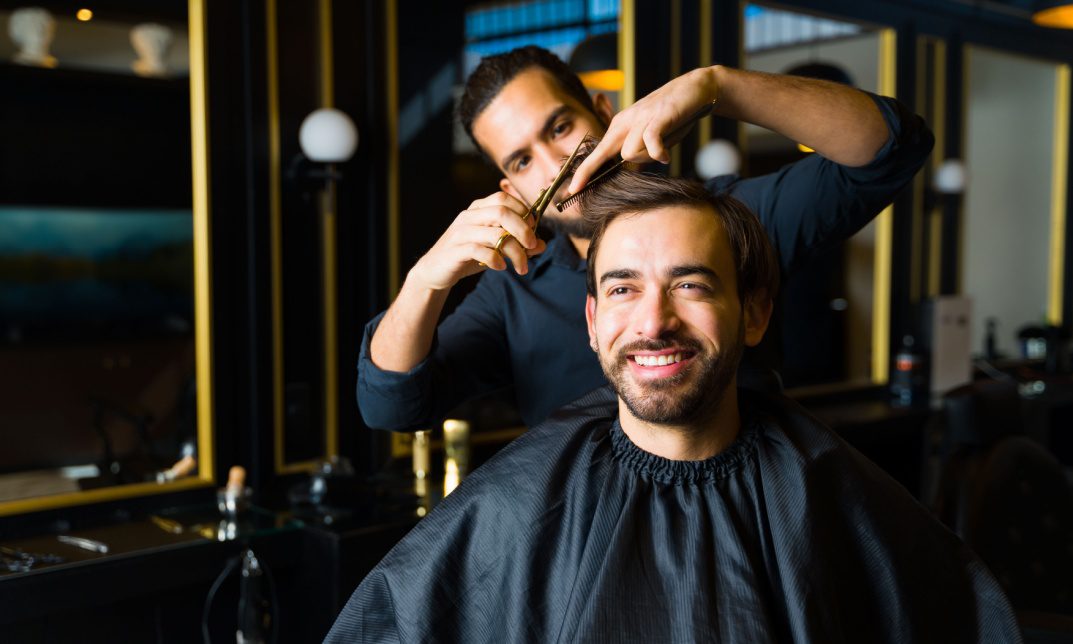Have you ever wondered how to do hairdressing and what skills you need to master it? Whether you’re looking to pursue it as a career or just want to learn for personal interest, hairdressing involves more than just cutting and styling hair. It is a craft that requires knowledge, practice, and patience.
In this blog, we’ll explore everything you need to know about it, from basic tools to techniques and how to get started. This profession can be rewarding when done right, and by the end of this blog, you’ll have a solid foundation to begin your career.

Why Learn Hairdressing?
Learning how to do hairdressing opens up many opportunities. For one, it allows you to style your own hair, giving you more freedom to experiment with different looks. However, it can also become a professional skill that lets you work in salons, with clients, or even on special occasions like weddings and events.
So, what does it take to learn hairdressing? The process might seem overwhelming at first, but it is something anyone can master with time and dedication.
What Tools Do You Need for Hairdressing?
To get started with hairdressing, you’ll need the right tools. These are essential for delivering quality cuts and styles, whether you’re practicing at home or aiming to become a professional hairdresser. Here’s a list of must-have tools:
- Scissors (Shears): These are specially designed for cutting hair. Make sure to invest in good quality shears for clean cuts.
- Comb: A fine-toothed comb is essential for sectioning hair and achieving precise cuts.
- Clips: Hair clips help in keeping sections of hair out of the way while you cut or style.
- Blow Dryer: A blow dryer is important for styling hair after it’s been washed.
- Round Brush: This tool is perfect for adding volume and curl while blow drying.
- Flat Iron or Curling Iron: These tools help create different textures, whether you want sleek straight hair or voluminous curls.
- Hair Colouring Kit: If you’re going to colour hair, you’ll need a bowl, brush, and protective gloves.
- Mirror: A handheld or mounted mirror helps you see different angles while working.
These tools form the foundation of any hairdresser’s kit. Therefore, it’s vital to familiarise yourself with them as you start learning how to do this work.
Step-by-Step Hairdressing Techniques
Now that you know the tools, let’s walk through some basic techniques that form the backbone of hairdressing. Learning these methods will help you perform cuts, styles, and hair treatments with confidence.
Washing and Conditioning Hair
The first step in any hairdressing routine is washing and conditioning the hair. Clean hair is easier to manage and style. Start by thoroughly wetting the hair, applying shampoo, and massaging the scalp. Rinse and follow up with conditioner to make the hair soft and smooth.
Sectioning the Hair
Once the hair is washed, you’ll need to section it before cutting. Sectioning means dividing the hair into parts for more control. Typically, hair is sectioned into four to six parts. Use clips to keep each section in place.
Trimming and Cutting Hair
Before making any cuts, ensure the hair is damp. This makes it easier to control and shape. Hold the section of hair between your fingers and use the shears to trim the ends. Always start with small cuts; you can always cut more if needed. There are different types of cuts you can perform:
- Blunt Cut: A straight cut at the ends, ideal for sleek looks.
- Layered Cut: This involves cutting hair at different lengths to add volume and texture.
- Bob Cut: A short, even cut that stops around the jawline.
Knowing how to do hairdressing means being familiar with these cuts and understanding which one suits different hair types.
Styling Hair
Once the hair is cut, styling is the next step. Blow drying is the most common method, as it helps set the hair and add volume. Use a round brush to add waves or curls, or a flat iron for straight, sleek looks. Experimenting with various styles helps develop your professional skills further.
Hair Colouring
Hair colouring is another important aspect of hairdressing. Whether it’s highlights or a full colour treatment, it’s crucial to understand the chemistry behind the products you’re using. Always perform a patch test to ensure the client doesn’t have any allergic reactions. Moreover, mix the colour properly and apply it evenly to achieve the desired results.
Common Hairdressing Mistakes and How to Avoid Them
Hairdressing can be tricky, especially if you’re just starting. Here are some common mistakes to watch out for and how to avoid them.
- Cutting Too Much Hair: It’s always better to cut less and check the result before cutting more. You can always trim more, but you can’t put the hair back once it’s cut.
- Uneven Sections: Ensure that you section the hair properly before cutting to avoid an uneven result. This helps you maintain symmetry.
- Not Using the Right Tools: Using the wrong scissors or comb can make the process harder than it needs to be. Invest in high-quality tools for a smoother experience.
- Skipping the Consultation: If you’re working with a client, always ask about their preferences and what style they are aiming for. This avoids misunderstandings and leads to a more satisfying result.

How to Become a Professional Hairdresser?
If you’re serious about this profession as a career, you might wonder how to take your skills to the next level.
- Training and Certification: Many hairdressers start by enrolling in a hairdressing course at a beauty school or college. These courses often cover the basics of cutting, colouring, and styling, as well as client interaction. In fact, you can enrol in the Diploma of Hairdressing (Online) course from the Unified Course.
- Apprenticeships: Gaining real-world experience through an apprenticeship at a salon can be invaluable. You’ll get the chance to work with experienced hairdressers and learn hands-on.
- Build a Portfolio: Keep track of your work by taking photos of your haircuts and styles. A portfolio will help showcase your skills when applying for jobs or attracting clients.
- Stay Updated: Hair trends and techniques change over time, so it’s important to keep learning. Attend workshops, watch tutorials, and follow professional hairdressers for inspiration.
Final Thoughts on How to Do Hairdressing
Learning how to do hairdressing involves mastering both basic and advanced techniques. With the right tools, training, and practice, you can develop your skills over time. Whether you want to style your own hair or pursue it as a career, it is a rewarding and creative craft.
Thus, if you’re ready to start your journey, remember that patience is key. It may take time, but the results are always worth the effort. With this blog, you have the essential knowledge to begin learning how to do hairdressing with confidence.




